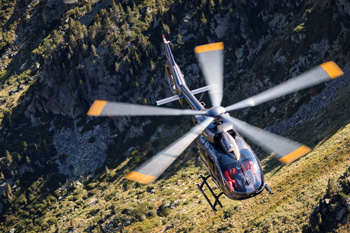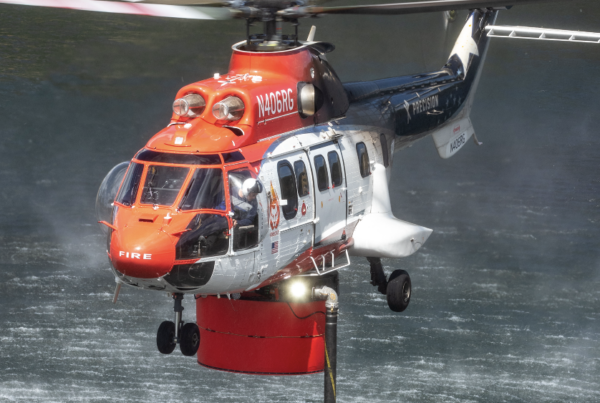Reacting to the vastly increased rate and scale that wildfires are developing in the greater Los Angeles area, the City’s fire department has modified its strategy for dealing with this type of fire. Central to the policy is the use of a helicopter to act in an airborne command role or, as the Los Angeles Fire Department (LAFD) calls it, ‘Helicopter Coordinator (HLCO)’, which will not only help LAFD incident commanders manage the tactics of fighting and suppressing wildfires but also provide separation of aerial assets deployed to a fire.
To fulfil the role, the fire department has taken delivery of a Bell 505, which, according to Captain Erik Scott, LAFD will assume “the lead position for all command and control missions”. The aircraft, using the callsign ‘Fire 7’, “will help modernise the LAFD’s fleet, and it will provide significant tactical and technological advantages in protecting L.A. against wildfires and other emergencies for years to come.”
“Essentially, Fire 7 will serve as an air traffic controller in the sky. When we have large brush fires or multiple rescue helicopters working in a certain area, the Bell 505’s technology will assist the pilots in identifying wires, mountains, obstacles, or other aircraft in the airspace and warn the pilots that those hazards are out there,” explained LAFD Chief Pilot, Scot Davison. “The Bell 505’s improved crash survivability and advanced technology leaps us ahead in safety for our pilots and crew, and conversely, lets us safely get to work protecting the people of L.A. from wildfires.”
In addition to its tactical capabilities, the aircraft will also serve as a training platform for new pilots. In the coming months, the LAFD plans to add an Isolair fire tank to the aircraft to train new pilots on precision aerial water drops.








